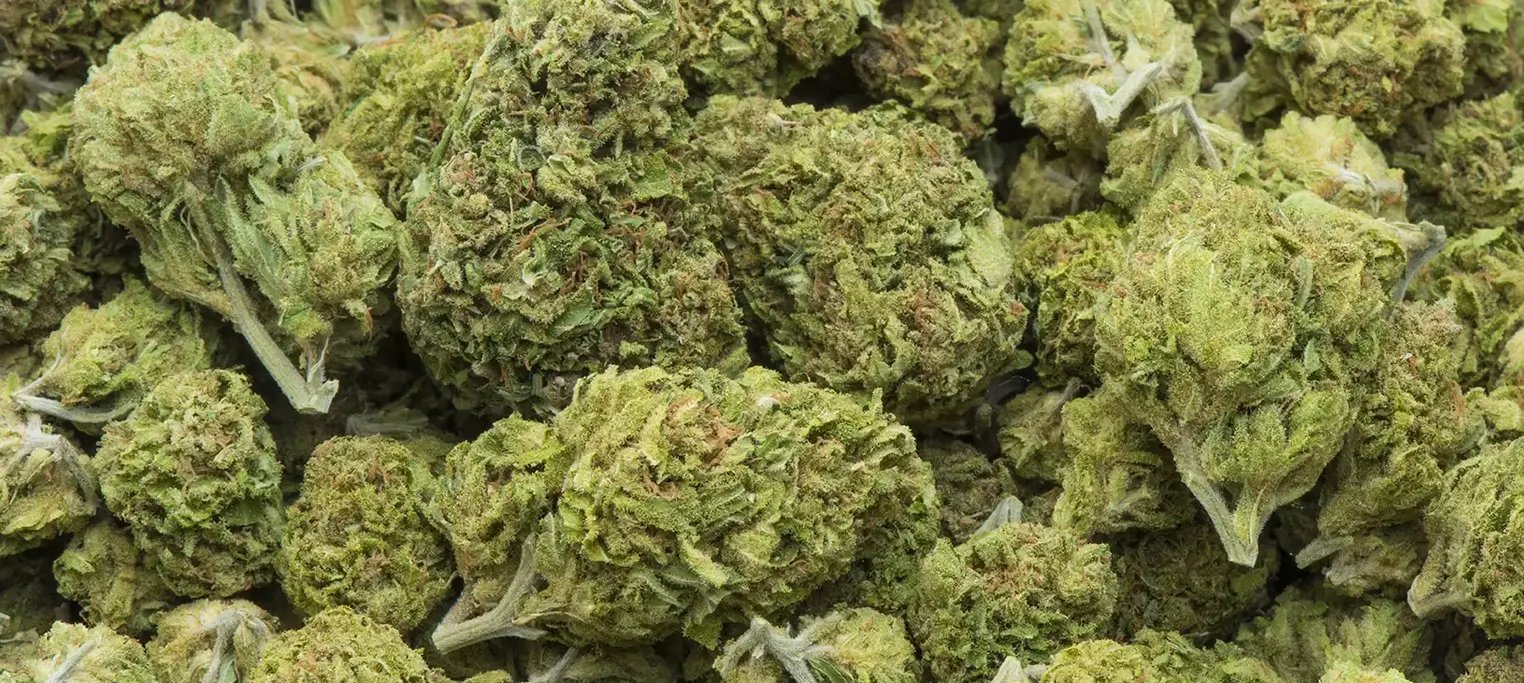June 5, 2019
Cannabis legalisation: what model for regulation?

Recreational cannabis is set to become legal in Canada. It’s already legal in Uruguay and eight states in America.
As the regulation of medicinal cannabis progresses here, people are asking if the legalisation of cannabis for recreational use will be far behind, and what are the implications?
As with any debate about drugs, discussing cannabis regulation can be confusing, so we’ll start with explaining some terms.
Commonly confused terms
Decriminalisation: This means removing the criminal penalty for possession of cannabis. It could be replaced with a civil charge, or an on-the-spot fine, but you wouldn’t get a record or jail time over cannabis.
Legalisation: Allowing the sale and consumption of cannabis as a legal product, subject to some form of regulation, akin to alcohol, tobacco or pharmaceuticals. This can take different forms as we’ll discuss later.
Medicinal: The intent of cannabis-use is to treat, or assist in the treatment, of a medical condition. This can often be a controlled pharmaceutical preparation (like an oil or spray) instead of (herbal) cannabis flower (bud).
Recreational: Recreational use is when cannabis is used for its pleasurable properties. Here, the cannabis flower (or bud) is smoked, or eaten in food stuffs like brownies.
Regulation: see legalisation.
What type of legalisation?
If a government decides to legalise cannabis, they also need to determine how it will be regulated.1 For instance, who can buy and sell it, in which forms, at which price, and can people grow their own?
The commercial model
Several American states, such as Colorado,2 have adopted this model. Independent shops sell a wide variety of products, from ‘traditional’ cannabis flower to edible lollies and sodas3 to new concentrates or ‘dabs’.4
Competition drives companies to carve out a niche with attractive packaging and sophisticated branding, as well as creative product variation.
This is great news for entrepreneurs, and the state’s tax revenue. However, from a public health perspective, this poses some problems. There are other regulatory options.
Non-commercial model
Governments can also choose to retain more control over the production and sale of cannabis. In Uruguay,5 for example, cannabis is purchased through pharmacies, there is a limit to how much can be purchased per month, and only citizens and permanent residents are able to buy cannabis or grow their own plants. This model might help make cannabis more ‘boring’ and be less likely to attract new users and young people.
A question for Uruguay is whether consumers will be satisfied with this model of highly regulated access or prefer the anonymity and freedom of the black market.
Public health strategies
Concerns about the public health impact of cannabis legalisation should be a primary consideration as governments write cannabis legislation, because there are some important steps they can take to pre-empt public health problems that might arise.
Plain packaging
Borrowed from efforts to control tobacco,6 this would ban the use of attractive packaging. This limits the ability to ‘brand’ products by associating it with specific colours, symbols, and associations with lifestyles.
Advertising ban
Again, borrowed from measures to control tobacco,7 this would help prevent the current behaviour we see from big alcohol companies; advertising in public spaces (e.g. train stations, billboards, public transit), on television, and framing their product as essential to having a good time.
Minimum age for purchase
One of the main arguments for legalisation has been that stores check IDs, and drug dealers don’t. But debate remains about the appropriate age at which people can buy cannabis. In Colorado, the cannabis purchase age is 21.8 In Uruguay, the purchase age is 18.9
Canada is an experiment worth watching
The precise model that Canada will implement is still being discussed by federal and provincial governments.
Key questions are whether legalisation results in more people consuming cannabis, if it is easier for young people to access, and the long-term health impacts for users.
As Canada is quite similar in culture and history to Australia, it will be interesting to watch and learn from the Canadian experience with cannabis legalisation – including what their regulatory system looks like, and how much concern for public health features in the legislation that passes.



